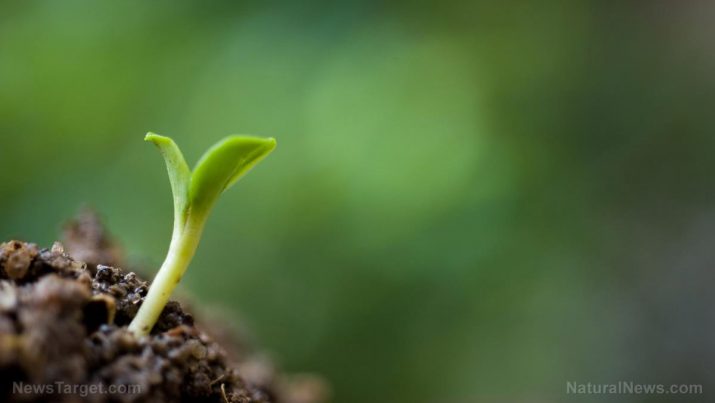
Camouflage gardening: A must-have for survivalist and preppers
Monday, November 13, 2017 by Jayson Veley
http://www.preparedness.news/2017-11-13-camouflage-gardening-a-must-have-for-survivalist-and-preppers.html

Every serious prepper knows how important it is to have their own garden so that they can continue to eat in the event that grocery stores become empty following societal collapse. However, it’s also important to realize that in such a situation, the rule of law may very well become nonexistent, meaning that it’s entirely possible that your garden may be raided and looted. That’s why it would be wise to consider growing a camouflage garden.
As explained by the website Survival At Home, camouflage gardening is the process of growing crops that can be used for both food and medical purposes in a way that makes them hard to identify to others who would otherwise attempt to steal them. Since the majority of Americans are disconnected from our food system and unable to tell the difference between medicinal herbs, for example, and decorative landscaping, camouflage gardening is a great option for those who want to remain self-sufficient without exposing their essential survival goods to the entire population. (Related: Growing a vegetable garden is much easier than you think – here’s how.)
As previously mentioned, the goal of a camouflage garden is to make it look like anything but food is being grown, while still producing a plethora of edible plants that can feed you and your family. One such plant is the daylily, which looks like nothing more than a beautiful purple and white flower but also contains edible tubers that taste similar to a water chestnut.
Sunchokes would be another great addition to your camouflage garden. Also called Jerusalem Artichokes, Sunchokes contain edible tubers similar to the daylily, but instead of tasting similar to water chestnuts, the tubers grown from Sunchokes taste and are used like potatoes. In addition, the Sunchoke’s edible tubers contain insulin and naturally occurring fructose, making them a great plant to grow in order to care for diabetics.
Another plant you can grow in your camouflage garden is Roselle, which is just as attractive as it is beneficial. Their calyces can be used for a number of things, from beverages to jams, or even dye and food coloring. Because of the fact that their leaves taste similar to spicy spinach, they can be eaten plain, cooked in soups, or added to other dishes for extra flavor. The stems of the Roselle are also very tough and durable, meaning that they can be used to make cordage or jute-like materials.
Most people see roses growing in one’s front lawn and think that they are nothing but a decorative plant. The reality, though, is that roses have multiple benefits that any serious prepper would be interested in taking advantage of. Rose petals, for instance, are edible and contain high levels of water and vitamin C. The fact that roses have thorns also makes them a great deterrent for intruders looking to break into your home or your place of refuge.
Of course, there are numerous other plants that you can grow that even though may not be camouflaged, are essential to your health and overall well-being, especially in a survival situation. Last year, Natural News outlined five fast-growing superfoods that would be great additions to your home garden: Spinach, which has been shown to help fight cancer and contains Vitamin C, folate, Vitamin K and iron; lettuce, which is a great booster for the immune system and chalk full of Vitamin C; radishes, which contain cancer-fighting anthocyanins, zinc, phosphorous and B-Vitamins; green onions, which are high in potassium and Vitamin C; and baby carrots, which have high levels of beta-carotene that the body transforms into Vitamin A.
Sources include:
Tagged Under: Tags: Camouflage Gardening, food independence, gardening, home gardening, homesteading, preparedness, prepping, survival





